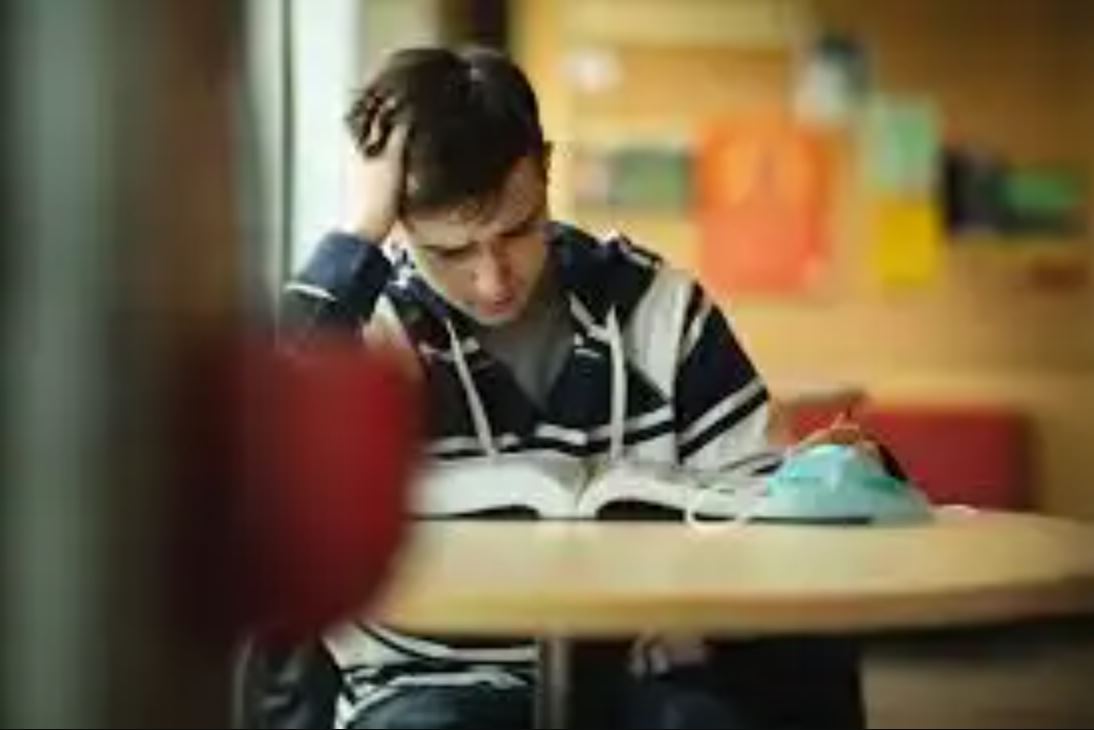
Global Student Mental Health in Crisis: The Surge of Anxiety and Burnout
10 May 2025, Saturday
Greetings students, educators, and parents worldwide,
Today’s youth face an unprecedented mental health challenge. A World Health Organization (WHO) report released in May 2025 warns that nearly 1 in 5 students globally experience symptoms of anxiety or depression—rates that have doubled since pre-pandemic levels.
Why Is This Happening?
Factors include prolonged remote learning, social isolation, academic pressure, and widespread use of social media. The WHO attributes up to 60% of stress-related symptoms in teens to these combined pressures.
What Does This Mean for Students?
- Increased Burnout Risks: Students report exhaustion, disengagement, and emotional fatigue.
- Academic Impacts: Stress and anxiety negatively affect concentration, grades, and motivation.
- Societal Consequences: Mental health struggles decrease youth participation in sports, arts, and community life.
What Can Be Done?
- School-Based Mental Health Services: Allocate more resources for counseling and support groups.
- Mental Health Curriculum: Integrate emotional literacy, resilience training, and mindfulness into daily lessons.
- Balanced Screen Time: Encourage digital-free hours and promote outdoor, physical, and creative activities.
- Policy-Level Interventions: National governments and NGOs must fund mental health programs and reduce academic pressures.
Global and Local Call to Action
The WHO urges collaboration across educators, healthcare providers, and policymakers to build safe spaces for students to share and seek help. Community initiatives, including mental health apps and peer-support networks, are turning the tide in many regions.
Final Thoughts
As we approach mid-2025, the mental well-being of students has become a defining issue of their generation. Academic achievement is important, but not at the expense of mental health. Parents, teachers, health professionals, and governments must work together—now—to promote balance, build resilience, and ensure young people can thrive, not just survive. The time to act is today.



